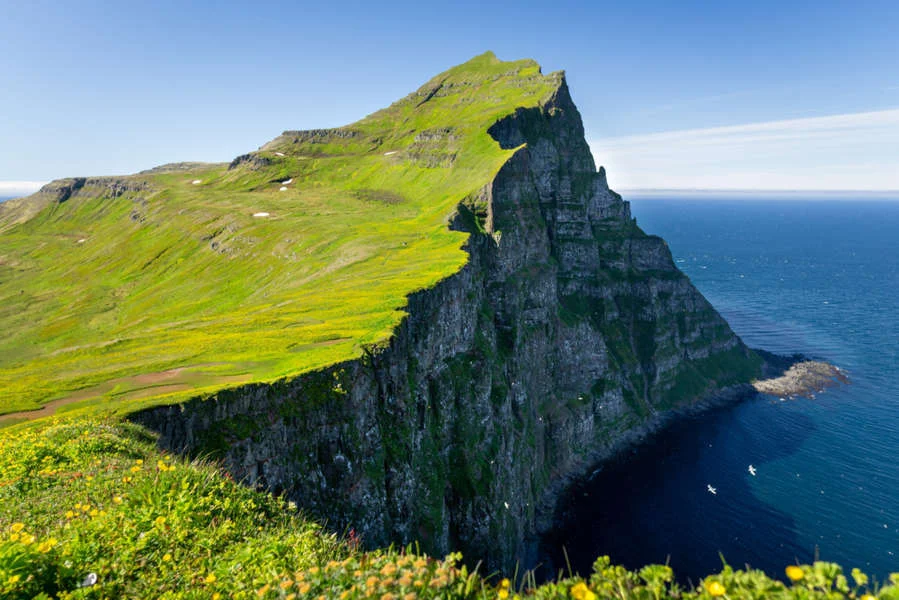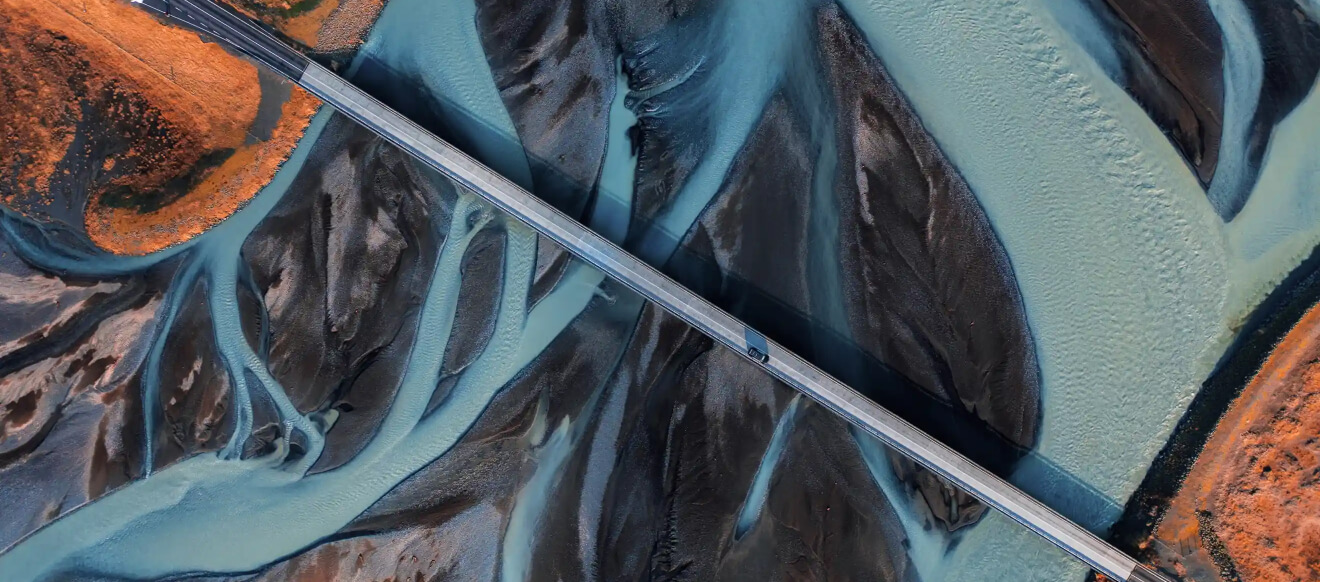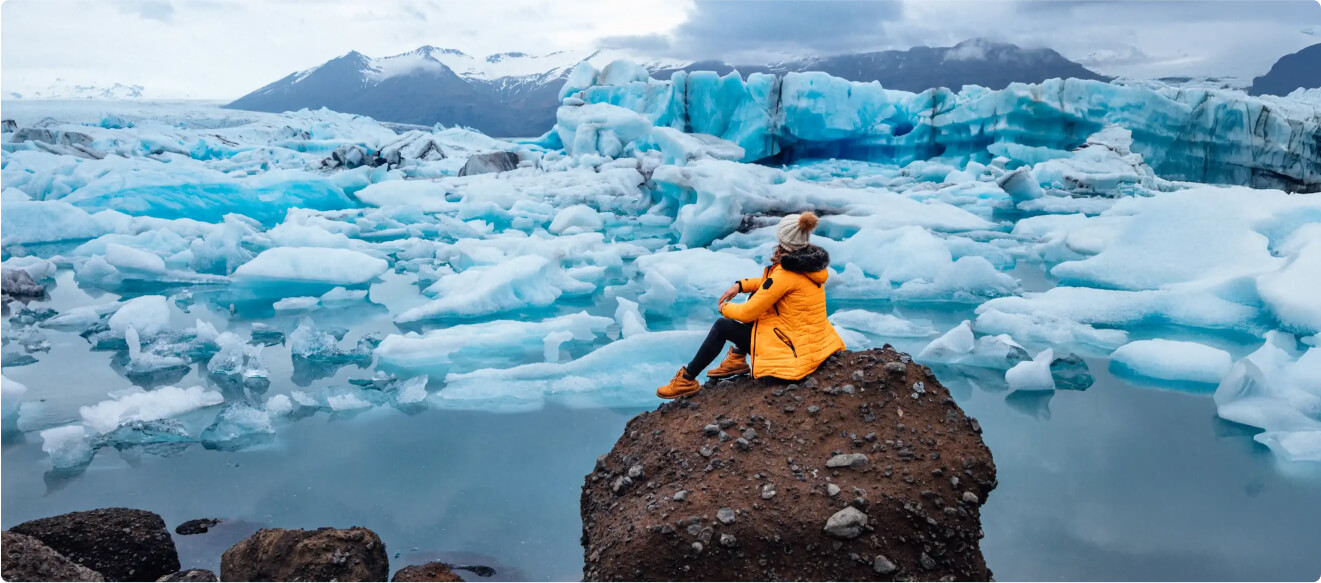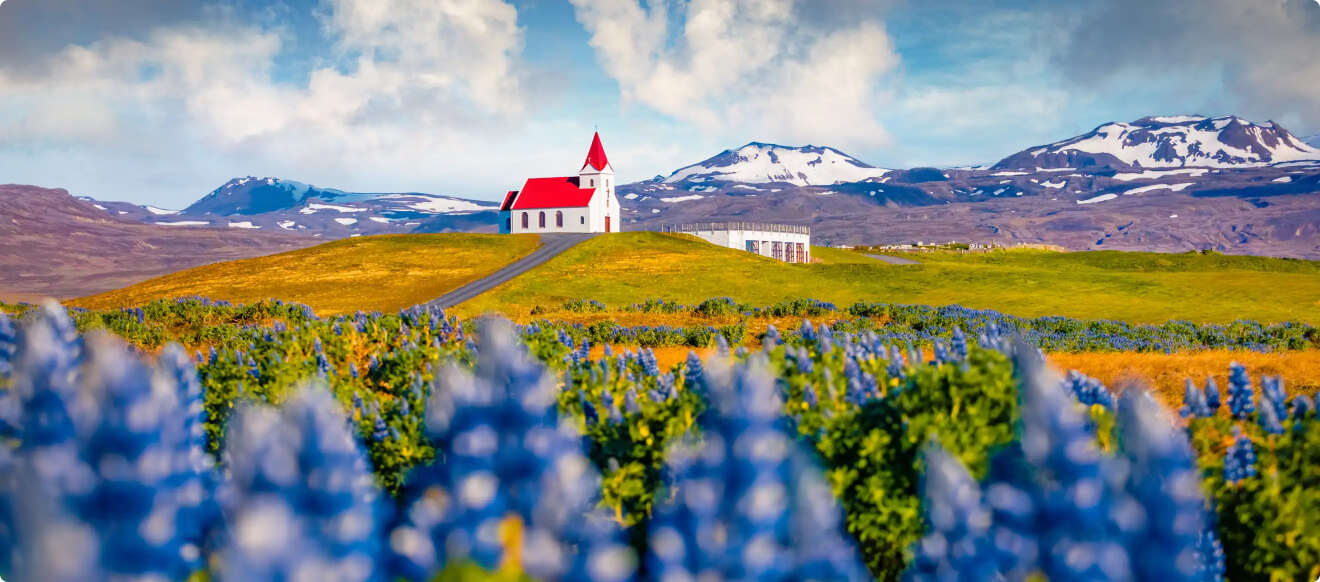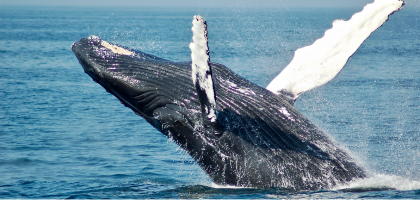With a total population of just over 7,000, the Westfjords don’t even contain 2% of the country’s total people. Other than Landmannalaugar in the highlands' region, the Westfjords are basically one of the most sparsely populated areas in Iceland.
Much of the area is protected and receives fewer tourists than other parts of Iceland. But with the introduction of the Ring Road II, the Westfjords are now more accessible than ever before. On your journey through the Westfjords, be sure to take a trip up to Iceland’s northern-most peninsula, Hornstrandir.
What is Hornstrandir?
Hornstrandir Nature Reserve sits at the very top of the Westfjords and has been protected since 1975. It covers 580 square kilometers (220 square miles) and has been almost completely uninhabited since 1952. Prior to that, around 500 people dwelt in the peninsula as fishers and bird hunters. It’s full of huge fields of flowers, coastal birds, and arctic foxes, as well as steep cliffs with phenomenal views. The Westfjords’ only glacier, Drangajökull, sits just below the reserve.
How to Get to Hornstrandir
There are no roads passing through the Hornstrandir Reserve and so it is only accessible via boat. You’ll struggle to find a more tranquil place on the island, with huge stretches of tundra and meadows of flowers. You’re also unlikely to see many people, as the hike is intense and you have to be prepared for it. Once you’re in the reserve, there is no phone service and you must navigate with a map and compass. River crossings are occasionally required, so be prepared to get wet. Also, be ready for rain, fog, wind, cold temperatures, and hopefully some sun. There are cairns (stacks of rocks) marking the hiking trails, but these can be hard to see with poor visibility. This is where a map and compass—and knowledge of how to use them—will be essential.
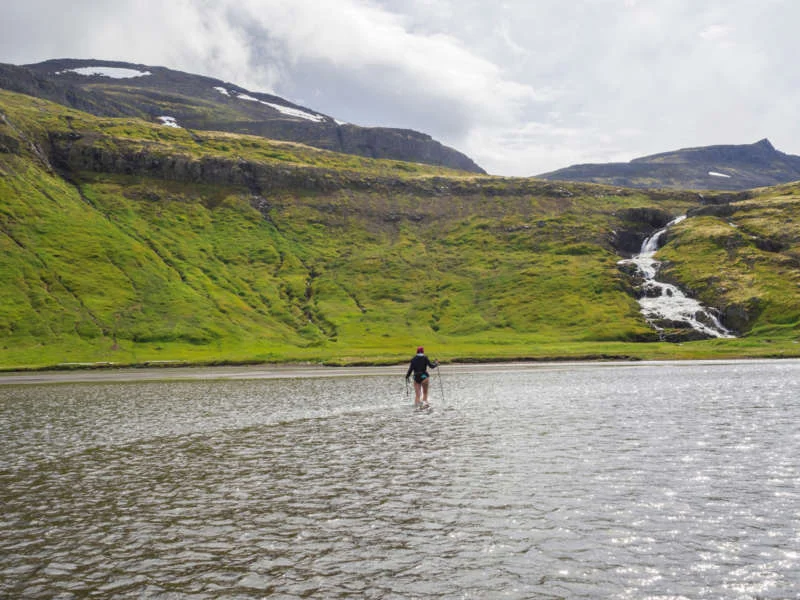
There are also no facilities aside from some basic campsites and a few emergency shelters. In Hornstrandir, wild camping is prohibited, and so you may only stay at designated campsites. They are equipped with dry latrines and none have food or water provisions, so ensure you are well stocked. Campfires are also not allowed in the reserve; if you have a portable cooking stove, please use it responsibly.
The only way to begin your exploration of Hornstrandir is to take a ferry to one of several start points. To reach the nature reserve, you’ll first need to get to Ísafjörður, the Westfjords’ main urban area. This town is a 450km (280 miles) journey up Iceland’s west coast and close to the top of the Westfjords. Your rental car will get you there in a little less than six hours, weather and traffic permitting.
Ferry from Isafjordur to Hornstrandir
The most commonly traveled route to reach Hornstrandir is to take a ferry from Ísafjörður. There are two companies that take you to one of six locations and back: westtours and boreaadventures. However, these companies don’t go to all locations on all days so check their schedule and plan in advance. The most common place to start from is Hesteyri, a former village on the western-most fjord. In recent years, the descendants of the landowners often move to Hesteyri in the summer and cater to tourists.
Aside from offering a boat ride to Hornstrandir, note that these companies also offer guided tours of the nature reserve. If you want to remove the risk of getting lost or stranded alone in bad weather, jump on a tour. This can be a 10-12-hour day tour or a multi-day experience that allows you to deeply explore the reserve. Note that the tours and ferries from Ísafjörður to Hornstrandir only run in the summer months.
What to See at Hornstrandir?
As I mentioned, Hornstrandir receives very few people compared to the rest of the country. This has allowed plant and animal life to thrive without resistance from human encroachment. The landscape also remains almost completely untouched. You will be presented with a unique perspective of Iceland while you’re in the reserve. Here are some things to keep an eye out for.

Wildlife in the Westfjords
This reserve is renowned as a haven for many animal species. Hornstrandir’s arctic fox population is free to roam without fear from hunters, as no hunting is allowed in the area. And so, you’re likely to see a fox or two on your journey through. They are generally not afraid of humans up there but don’t get too close. The arctic fox is actually Iceland’s only native land mammal, with the rest having been brought by the first settlers. They typically have brown fur in the summer, which turns white in the winter for camouflage.
Hornstrandir is also home to one of the largest bird cliffs in Europe, around the bay of Hornvík. In some places, this cliff is 500 meters (1640 feet) high and is teeming with a variety of bird species. This includes guillemots and razorbills, sea birds who nest on the cliffs, and fish in the surrounding waters. To fully appreciate how many birds call this area their summer home, it’s best to view it from the water. The above-mentioned companies offer tours that combine guided hikes in the reserve and sailing around the many fjords.
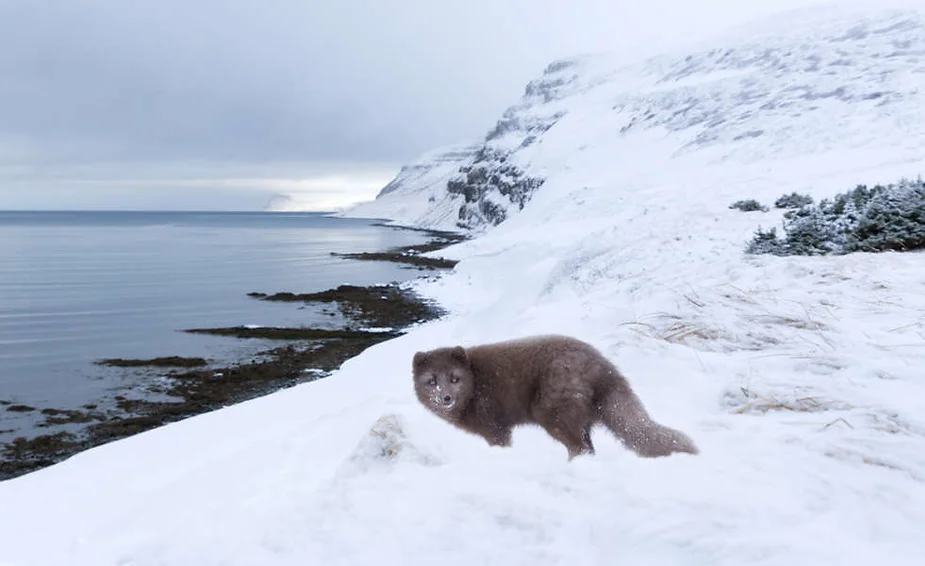
Scenic Spots in Hornstrandir
Due to the absence of livestock for decades, Hornstrandir’s plant life has been able to grow large and spread far. In some places, the plants you are hiking past will be knee-high. Since the reserve is home to hundreds of different plant species, it certainly makes for an eye feast. Aside from the flowers, ferns, and grassland, there are also stunning views at the edge of the abundance of fjords. The most popular natural feature is Hornbjarg, found on the spit of land on the right-hand side of Hornvík bay. It’s a very iconic cliff and is surrounded by lush grass and flowers. This is generally the first image you’ll see when you look up Hornstrandir, and it’s a must-see. Be cautious when approaching any cliff edge, as the ground may not be stable. If you continue past Hornbjarg and head to the tip of the peninsula, you’ll reach Horn. This spot provides an incredible view of the Arctic Ocean.
What to Bring
If you’re taking a guided tour, your tour company will give you a list of all that is required to explore the area. If you came to hike in Iceland on your own, you presumably have enough experience to know what’s needed. But there are a few general tips that are applicable for every journey through Iceland.
First of all, no matter the season, you should always have warm, waterproof clothing with you. Iceland’s weather is famously unpredictable and the summers are mild, with an average July temperature of 13°C in the south. Secondly, once you leave the capital, towns and villages can be far apart.
Fill up your petrol tank whenever you are down to half-full and a station is nearby. Note also that most petrol stations are unmanned and therefore don’t accept cash, so bring your credit card. As with fuel, so with food and water: be sure that you’re well-stocked with supplies before heading into the wild.
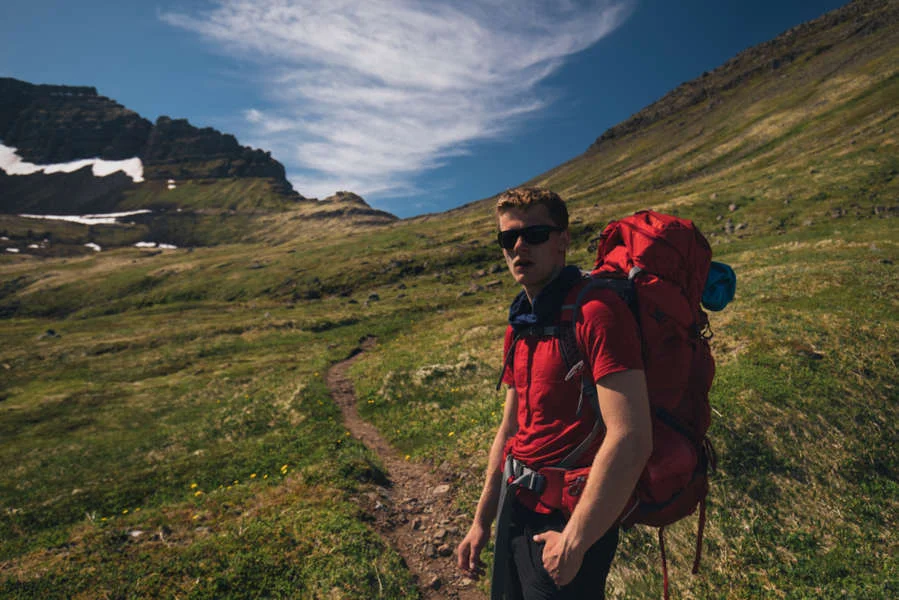
Hornstrandir offers a level of isolation and natural immersion that is difficult to find anywhere else. If you have experience in multi-day solo hiking and navigating, jump on a boat to Hornstrandir in Iceland this summer. If not, join a guided tour and ensure that you’re well prepared for long walks while carrying a heavy load.
Exploring this nature reserve will be a challenge, but that makes it all the more worth it. You’ll have earned the experience through a tough all-weather adventure. Remember that Hornstrandir’s beauty lies in its unspoiled state, so do your best to minimize your impact. Take all of your trash with you and stick to marked trails. Take nothing but photos, leave nothing but footprints.




